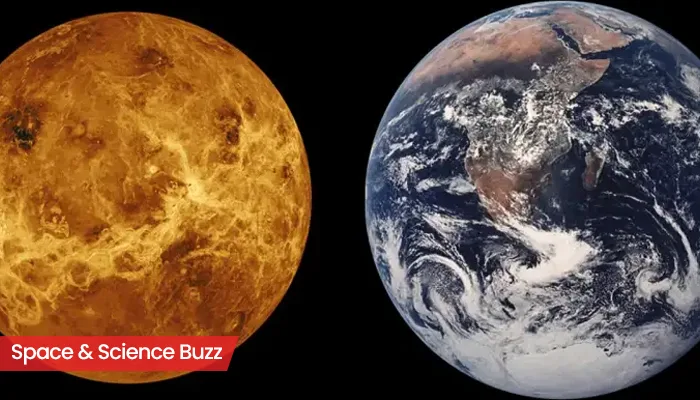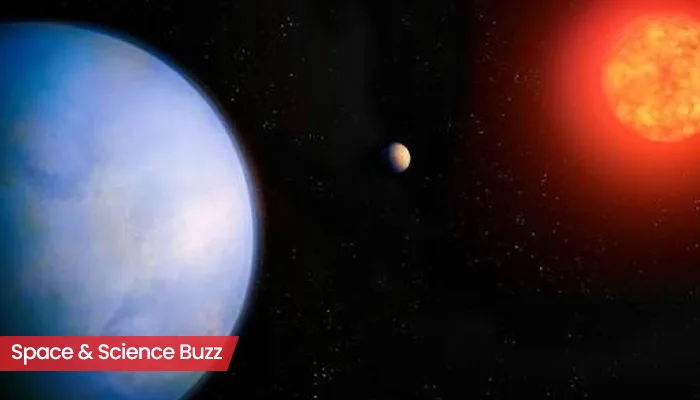
Here are today’s most important updates from the realm of Science and Space.
Satellites in Peril: How Climate Change is Threatening Space Operations
A recent study by MIT aerospace engineers reveals that greenhouse gas emissions are altering the environment of near-Earth space, potentially reducing the number of satellites that can safely operate in low Earth orbit. The research highlights how carbon dioxide and other greenhouse gases cause the upper atmosphere, specifically the thermosphere, to contract. This contraction decreases atmospheric density, reducing drag on satellites and debris, which can extend their lifetimes and increase collision risks. The simulations predict that by 2100, the carrying capacity of popular low Earth orbit regions could decrease by 50-66% due to greenhouse gas effects.
Homebound from Space: The Rescue Mission for Sunita Williams

Stuck in space for over eight months Nasa astronauts Sunita Williams and Butch Willmore are all set to come back. The SpaceX Dragon spacecraft will bring them back which is expected to launch from the Kennedy Space Center in Florida on March 13. Following launch, the Falcon-9 will deploy the Dragon spacecraft in space for a nearly 12-hour-long flight to the Space Station. The docking will mark the beginning of the Crew-10 mission. The Crew Dragon Freedom, carrying Williams and her crewmates, is expected to undock from the ISS on Sunday, March 16 around 6:30 PM IST. However, this timeline could change depending on the weather conditions in the splashdown area.
Super-Earth or Super-Weird? A Planet That Scorches and Freezes Repeatedly

A fascinating new discovery in the field of exoplanetary science has revealed a "super-Earth" orbiting a Sun-like star just 20 light-years from Earth. This planet, known as HD 20794 d, is part of a three-planet system around the star HD 20794 and presents intriguing possibilities for habitability despite its highly eccentric orbit. The planet experiences extreme temperature fluctuations, swinging from scorching heat to deep freeze roughly every 300 days. The planet is about six times more massive than Earth and could be rocky, offering a unique opportunity to study a heavier Earth-like world.
India’s Heatwave Shield: The Power of Cool Roofs

The Indian Meteorological Department (IMD) has already warned extreme heatwave throughout summer season. Hundreds of roofs in the informal settlements of India's western Gujarat state have been painted in a reflective, white coating over the last two months to try to keep their occupants cooler as the hottest time of year approaches. By painting roofs with a white coating that contains highly reflective pigments such as titanium dioxide, sun's radiation gets reflected back to the atmosphere and preventing it from being absorbed. Early results from the ongoing study showed that cool roofs reduced indoor temperature by between 1.2 C in tin- and mud-roofed homes, and 1.7 C in tin-roofed homes over two years, which subsequently lowered residents' heart rates


.webp)
.WEBP)
.WEBP)
.webp)
.webp)


.webp)
.webp)
.webp)
